Advanced Imaging to Enhance Copper Yields Case Study
Published October 2024
This Case Study was developed following Frame’s 2023 Pre-Investment Considerations: Diving Deeper into Assessing Future Greenhouse Gas Impact. Frame has since released its updated Project Frame GHG Impact Methodology, with further guidance.
This case study was inspired by a real investment made by a Frame member to advance the practice of forward-looking emissions impact assessment by showcasing different approaches and tools.
Overview
|
Incumbent Market |
Copper Mining |
|
Emissions Reduction Pathways |
Avoidance |
|
Potential Impact Geography |
Global |
|
Potential Impact Market Capture |
100% |
|
Potential Impact to 2050 (Base Case) |
1.3 GtCO2e |
|
Cumulative Planned Impact |
N/A |
Impact Assessment Summary
In this case study, we conduct a potential impact analysis of a new technology that increases the yield of copper mines by monitoring the movement of fluids within geophysical assets. Our analysis concludes that the technology could have a 1.3 gigaton GHG reduction cumulatively by 2050 in the base case. This is a speculative evaluation and results are reflective of the large-scale adoption of the technology into the global copper mining industry. Though the company’s technology is applicable to other use cases, this analysis focuses solely on a subset of impact pathways for copper mining.
Analysis & Commentary
This analysis attempts to uncover the knock-on benefits of improving the production efficiency of a critical material for the energy transition. As can be seen in the potential impact analysis, the reduced emission intensity of mining alone does not result in a gigaton-scale impact; rather, the alleviation of the supply constraints for copper enables the secondary benefit of additional clean technology manufacturing.
The inherent uncertainty of the efficiency improvement realized from the technology at scale is compensated for by creating a range of scenarios, and even the low scenario which is significantly below company projections results in gigaton-scale impact. The realization of this significant impact in the base case coupled with the additional impacts that were not modeled in this study demonstrate the global potential and importance of this technology.
This Case Study was developed by the Project Frame Content Working Group with the intention to advance the practice of forward-looking emissions impact assessment by showcasing different approaches and tools. Project Frame invites investors to share their own examples and provide feedback to help us improve our case study format and impact assessment guidance by reaching out to impact@primecoalition.org.
Project Frame Case Studies include links to reports generated by the CRANE Tool, a free, open-access software aligned with Frame’s approach to future emissions impact assessment that is co-created by Prime Coalition and Rho Impact. By including CRANE reports in Case Studies, Project Frame intends to demonstrate how tools like CRANE can be used to conduct impact assessments and reduce barriers to impact accountability.
Project Frame is not a regulatory body, nor should its content be considered financial advice. Methodology guidance produced by Project Frame represents our contributors’ consensus and no one singular entity. Our work is intended for readers to review and use their best judgement to accelerate GHG mitigation with transparency and accountability.




